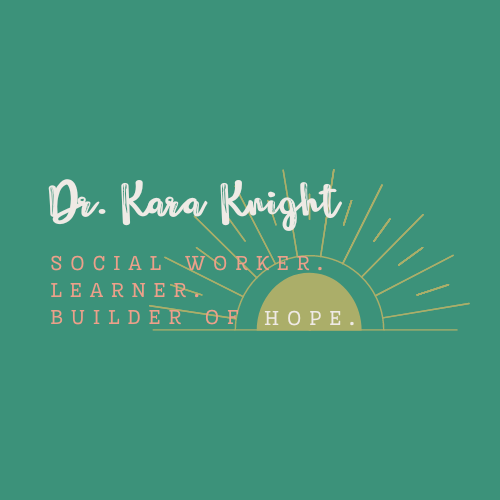
I stumbled across a book titled, “Differentiating Instruction with Technology in K-5 Classrooms” by Grace E. Smith and Stephanie Throne, which was published from ISTE (International Society for Technology in Education). After doing more research, I found that Grace and Stephanie are both Educational Technologists and researchers who are dedicated to find best practices for teachers. Through their work, they also discovered a variety of other research in educational tech, which they brought forward in their book as well.
I created the image above based on the information from Grace and Stephanie, which they obtained through CARET (Center of Applied Research in Educational Technology); CARET was founded by the Bill and Melinda Gates Foundation and is a project through ISTE.
6 Ways to Use Technology to Boost Student Performance:
- Use technology in a way that “directly supports curriculum objectives.”
- Use technology to “foster student collaboration.”
- Find and use applications that “adapt to student knowledge and experience, while giving feedback to student and teachers.”
- Integrate technology into the “typical instructional day.”
- Use technology to give students opportunities to “design and implement projects that tie with curriculum.”
- Build a community where students, parents, teachers, and administration “support technology usage.”
I found these 6 points to be compelling and relatable to all I do as an educator. If you take away the word “technology” in any of the above statements, you will find THE optimal learning environment in any classroom, with or without tech.
To illustrate, classrooms should always aim to support objectives, to be collaborative, give immediate feedback, while giving students opportunities to design their learning. Technology can help, but it is not the magic remedy in those equations. Yes, technology can boost student performance in these mentioned areas, but it cannot be done without the positive cultural infrastructure which supports those notions to begin with.
Furthermore, I believe technology is crucial, but I also understand it is not the “end-all-be-all.” Instead, the learning and the environment is what our underlying basis and principle should consist of. Technology can be a transformative asset when used with purpose- but if it is not taking the learning and connecting to the next level, we need to rethink how we are using the tools.
Reflections: During your technology integration journey- Remember that the most thrilling part of the learning expedition is not the technology. More importantly, enthusiasm is won by focusing on the DISCOVERY of learning new things and expanding your skill-set and passions, while inspiring the people you serve to do the same.
![]()
